AI-based software and image analysis
AI-based software analysis ensures improved image analysis and research capabilities
A new analytical instrument that allows scientists to access crystallization and formulation information at milliliter scale.
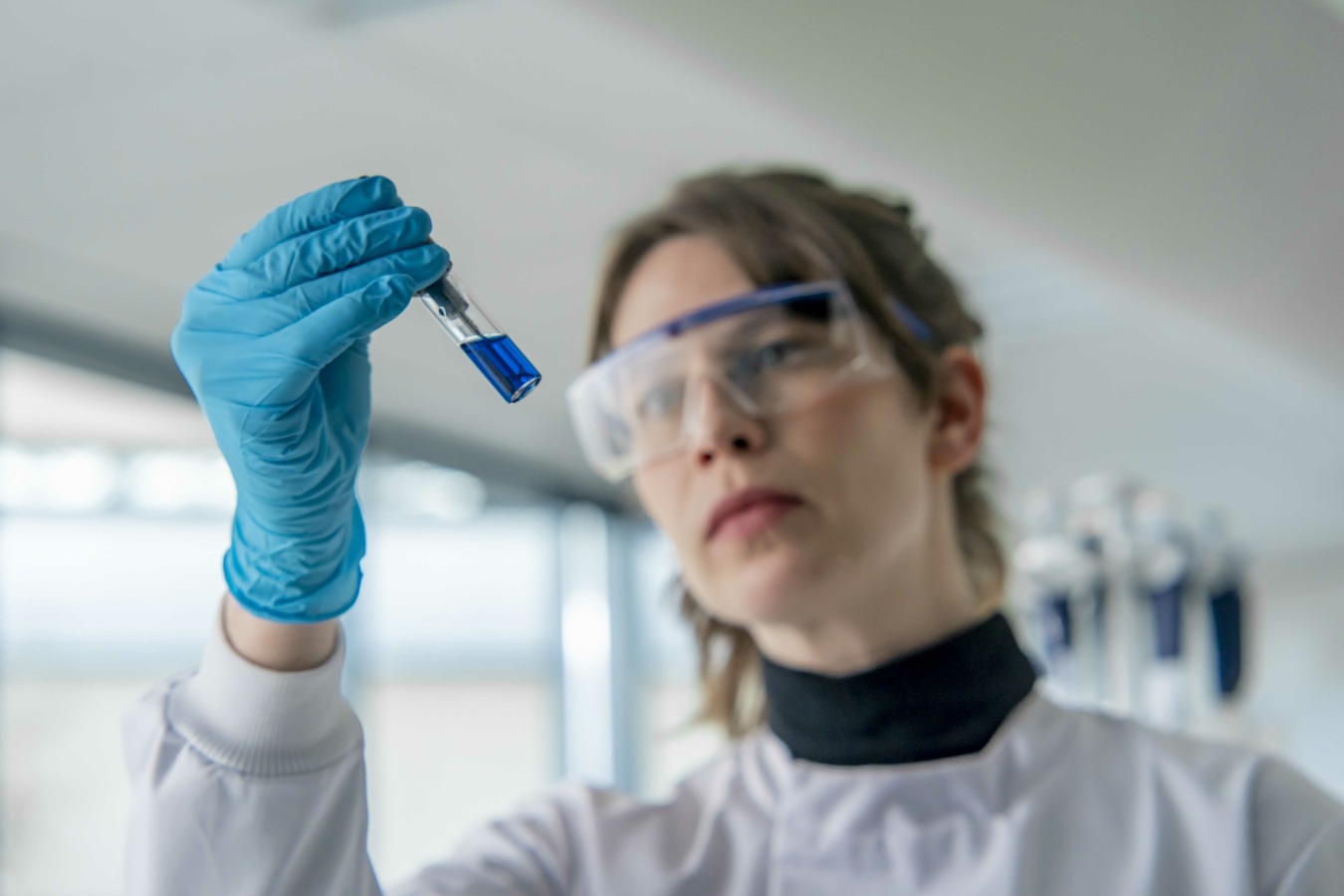

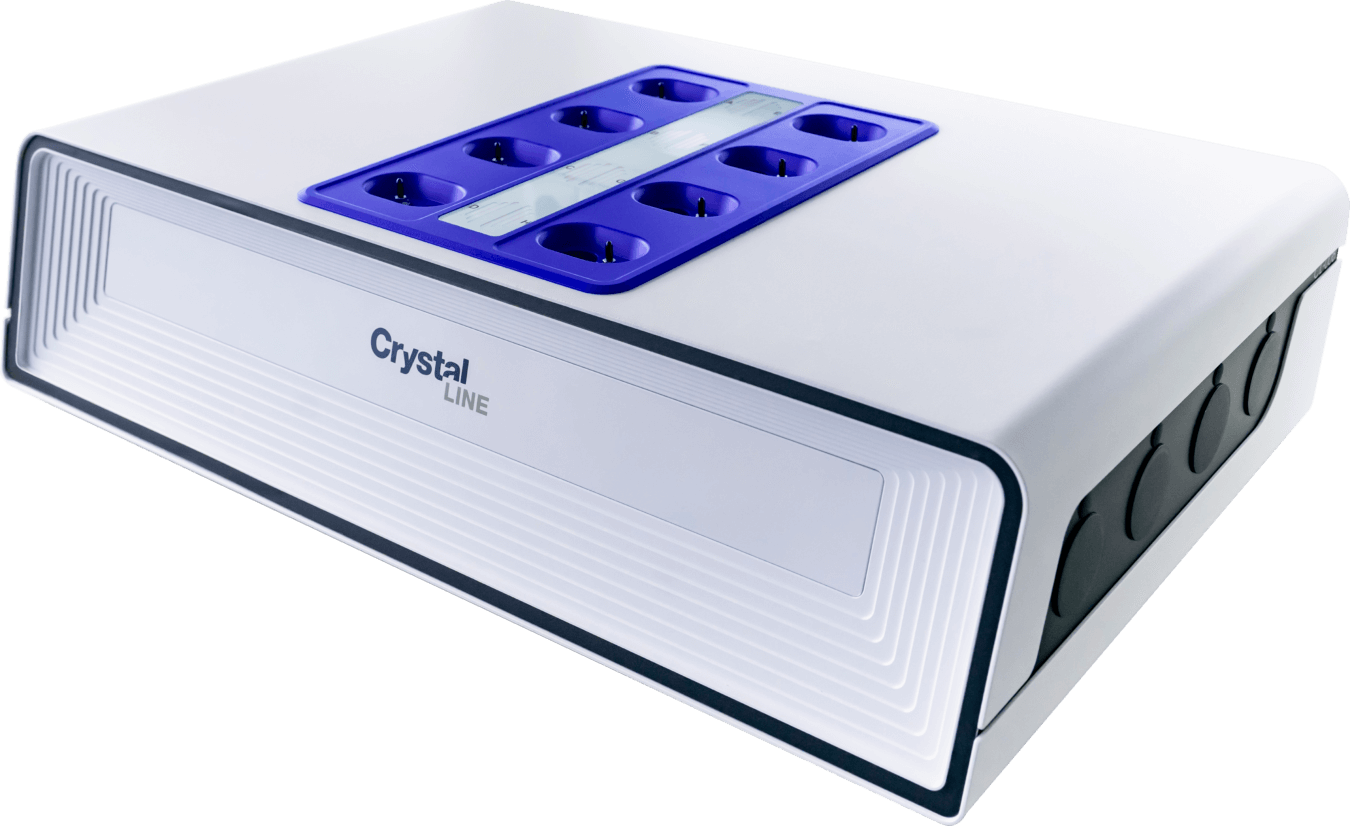
The Crystalline PV/RR combines temperature and turbidity measurements with real time particle imaging. With eight in-line high quality digital visualization probes reaching 0.63 microns per pixel, seeing what is happening in the vial has never been easier: no moving parts, no cumbersome insertion probes. With a robust design, the probes are contained in a sealed, pre-aligned and sturdy environment, giving the user walk-up access to eight parallel particle view cameras.
You can now visualize the complete crystallization or formulation processes, and access real time particle size and shape information at the smallest scale.
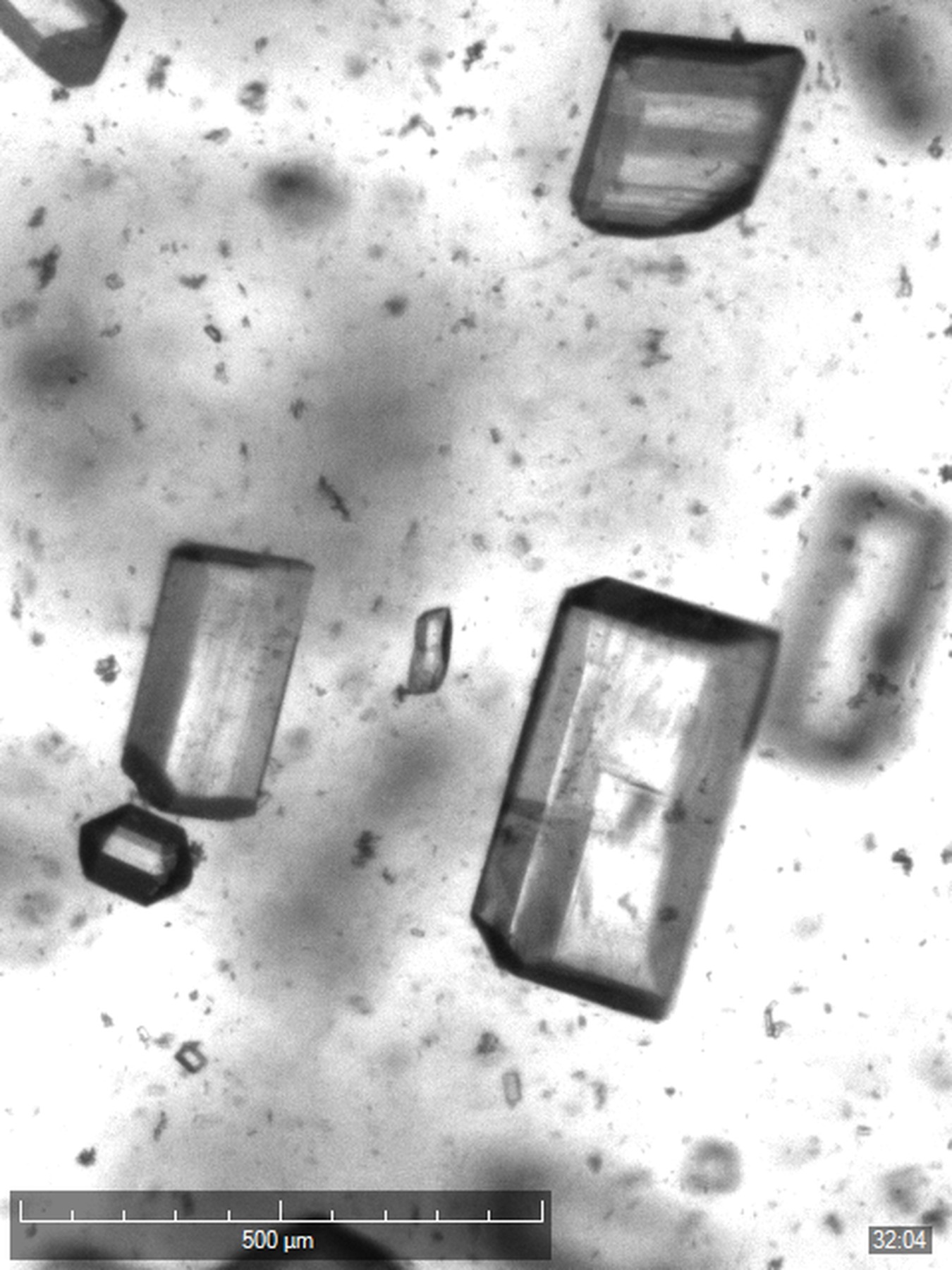
Have you ever wondered what is happening during the crystallization or formulation processes? How do you know if the sample is aggregating, foaming or oiling out?
Take the guesswork out of crystallization studies with the Crystallline PV/RR. You can easily correlate the turbidity signals with visual information finally getting the complete picture of the crystallization or formulation processes.
The instrument comes with eight cameras positioned in a standard configuration, capable of up to 6.0 times magnification.
The resolution of 0.63 microns per pixel can be reached without any problems, making information close to nano scale easily available while you are performing your experiments.
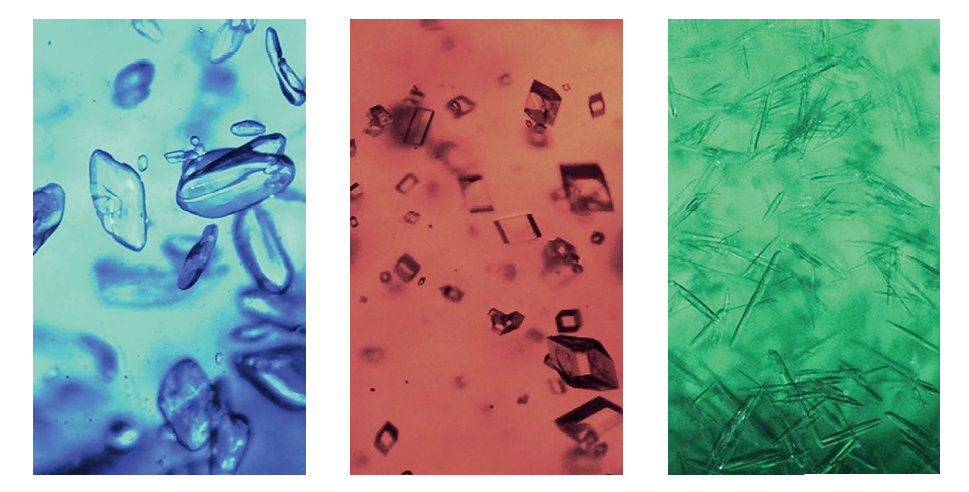
The Crystalline PV/RR makes use of front light, which has twice the intensity of the previous model, allowing operators to visualize particles clearly in darker samples. The user can also choose to visualize their experiments in color, by making use of the color cameras option.
For more images captured by the Crystalline, download the product sheet.
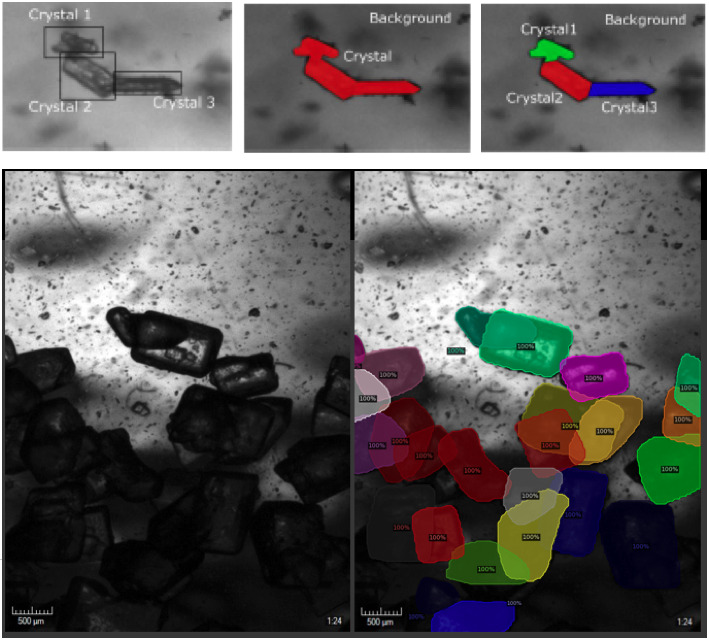
Ever puzzled over off-line analytics, trying to figure out what happened during the process? With the real time particle viewer you know exactly what is happening, when it is happening.
Crystallization usually involves several phenomena such as nucleation, growth, agglomeration, and several others. The advanced in-line particle viewing cameras and AI based software of the Crystalline PV/RR helps the user to reliably monitor, design and optimize the crystallization processes.
The software allows the detection of different crystal shapes and sizes. The user can routinely classify crystal shapes into different shape classes and obtain the three- dimensional reconstruction of the crystals. Overlapping particles are history.
Learn more about this new particle detection method using AI-based image analysis, with the video below.
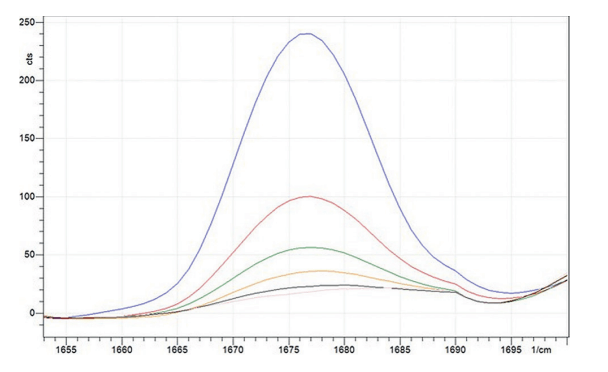
The Crystalline PV/RR gives the user access to real time Raman spectroscopy, in combination with a sophisticated parallel crystallizer with turbidity measurement. The independent Raman probes are integrated in an ergonomically designed, pre-aligned, robust and sealed module. The user does not have to insert any probes into the reaction vessel.
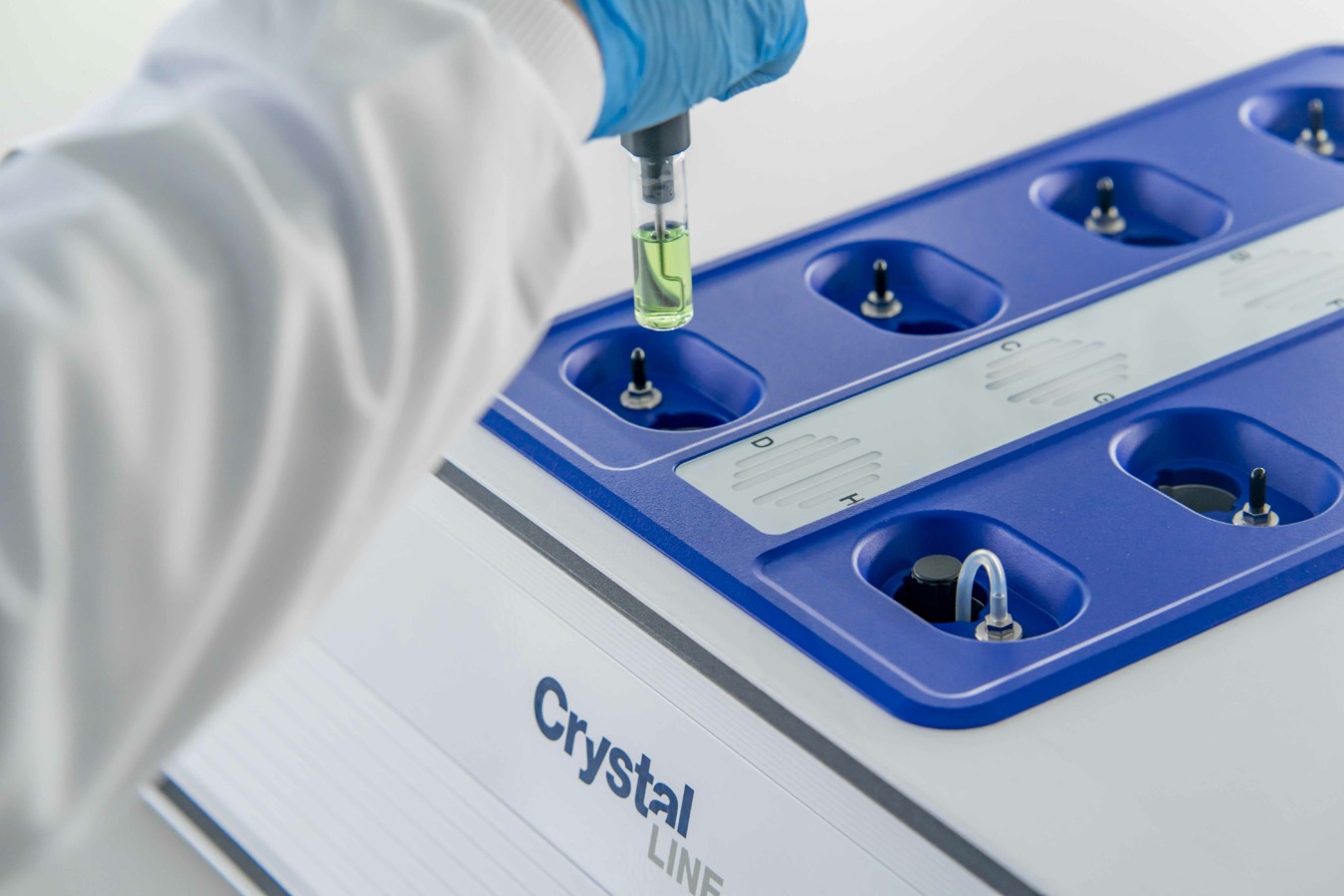
You can tailor the Crystalline PV/RR to suit your needs. Select any combination of particle view imaging and/or Raman optics in your 8 reactor set-up.
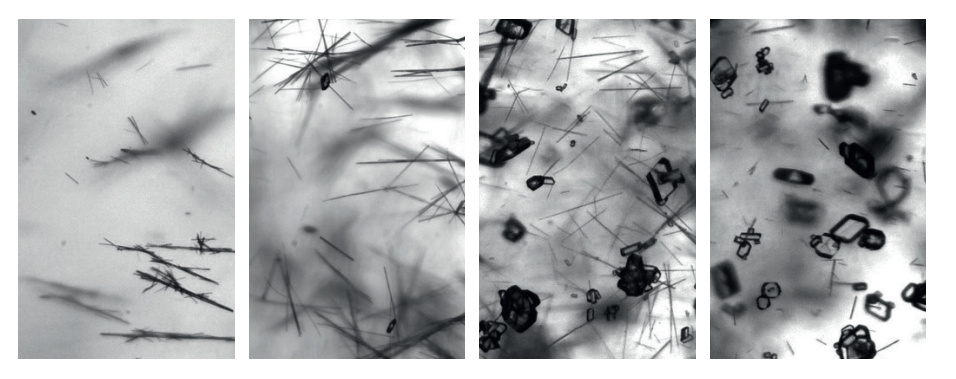
Traditionally analytical techniques are implemented in an offline fashion, where samples have to be removed from the reaction or process, in order to obtain information about chemical composition or interactions.
With offline techniques one obtains information on a few data points in time, but the nagging question always remains: Have I missed something? With the Crystalline PV/RR it is easy to follow crystallization processes and to study polymorph conversions, hydration or the formation of solvates in slurries.
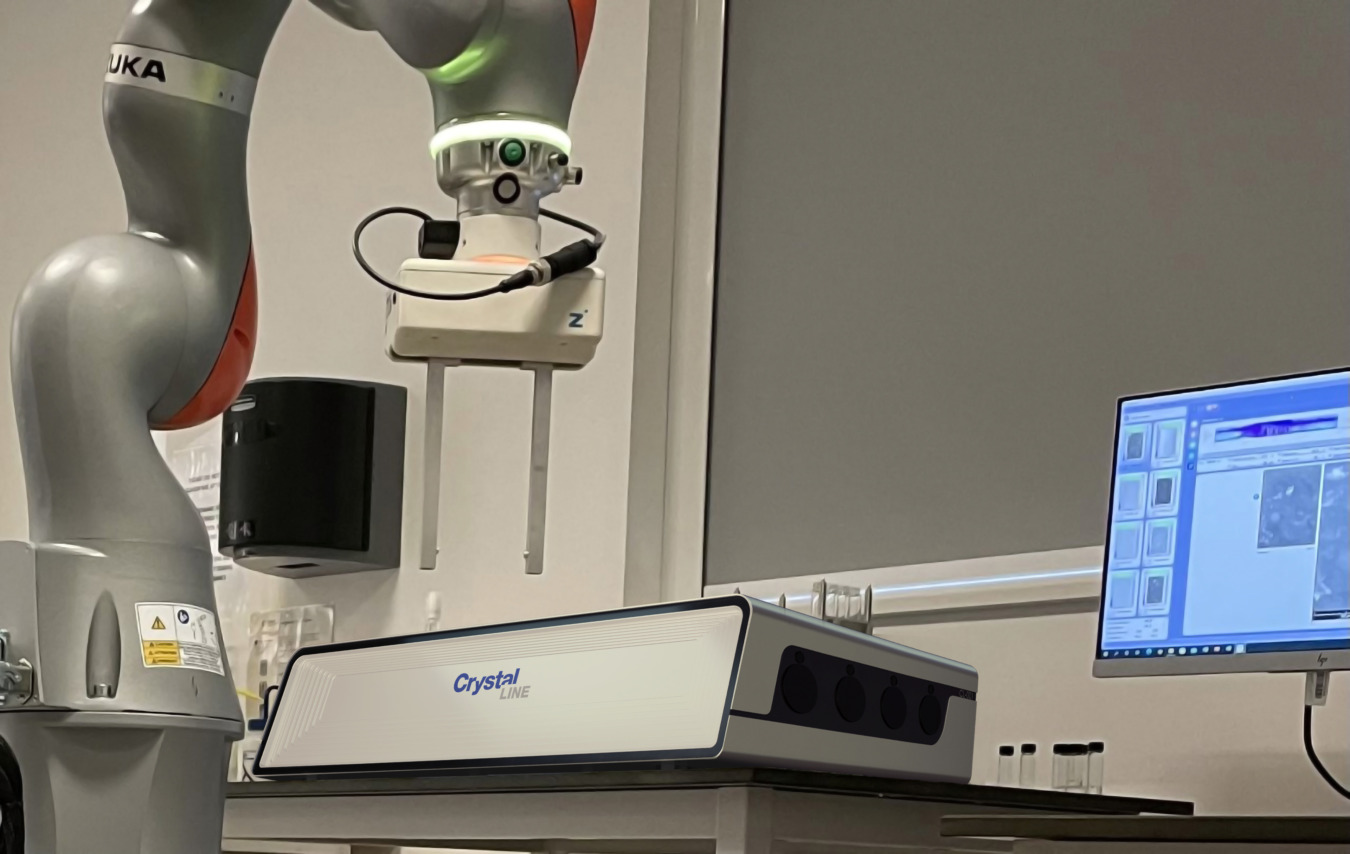
At a time when research facilities and laboratories are becoming more automated, the new Crystalline PV/RR is future-proofed for robotic integration. Pick and place robots can be programmed to automatically transfer samples to and from one part of a laboratory to the Crystalline PV/RR.
Laboratories can save time and reduce costs associated with manual labour, allowing technicians to focus their energy on advancing scientific research.
This is the future of our research facilities, designed by scientists, for scientists.
AI-Based Image Analysis
High precision optics
Enhanced Temperature Range and Accuracy
Ready for robotic automation
Reactors: 8
Reactor Type: 8 ml vials
Working Volume (ml): 2.5-5 ml
Temperature profiles: 8
Temperature range (°C): -25 to 150*
Temperature accuracy (°C): 0.5
Heating/Cooling rate (°C/min): 0.1-20
Stirring modes: Overhead or stirrer bar
Stirring rate (rpm): 0-1250
Turbidity (%): Every reactor
Chiller necessary: Yes
In-line analytics: 8 particle view imaging cameras and/or Raman probes
Particle size and shape analysis: Yes – with particle view imaging cameras
Extra functions: Reflux, antisolvent, seeding, evaporation
Data export: CrystalClear, Word Report, XML
Footprint (DxWxH in cm): 52 x 77.8 x 19.7
Software: Advanced image analysis based on AI
*When ambient temperature is 21°C ± 2°C and chiller cooling capacity at 18°C is about 1180 watt.
Advanced image analysis based on AI.
The CrystalClear software is compatible with all our instruments – CrystalBreeder, Crystal16 and Crystalline. It is flexible, intuitive, effortless to use and helps you analyze your data in no time.
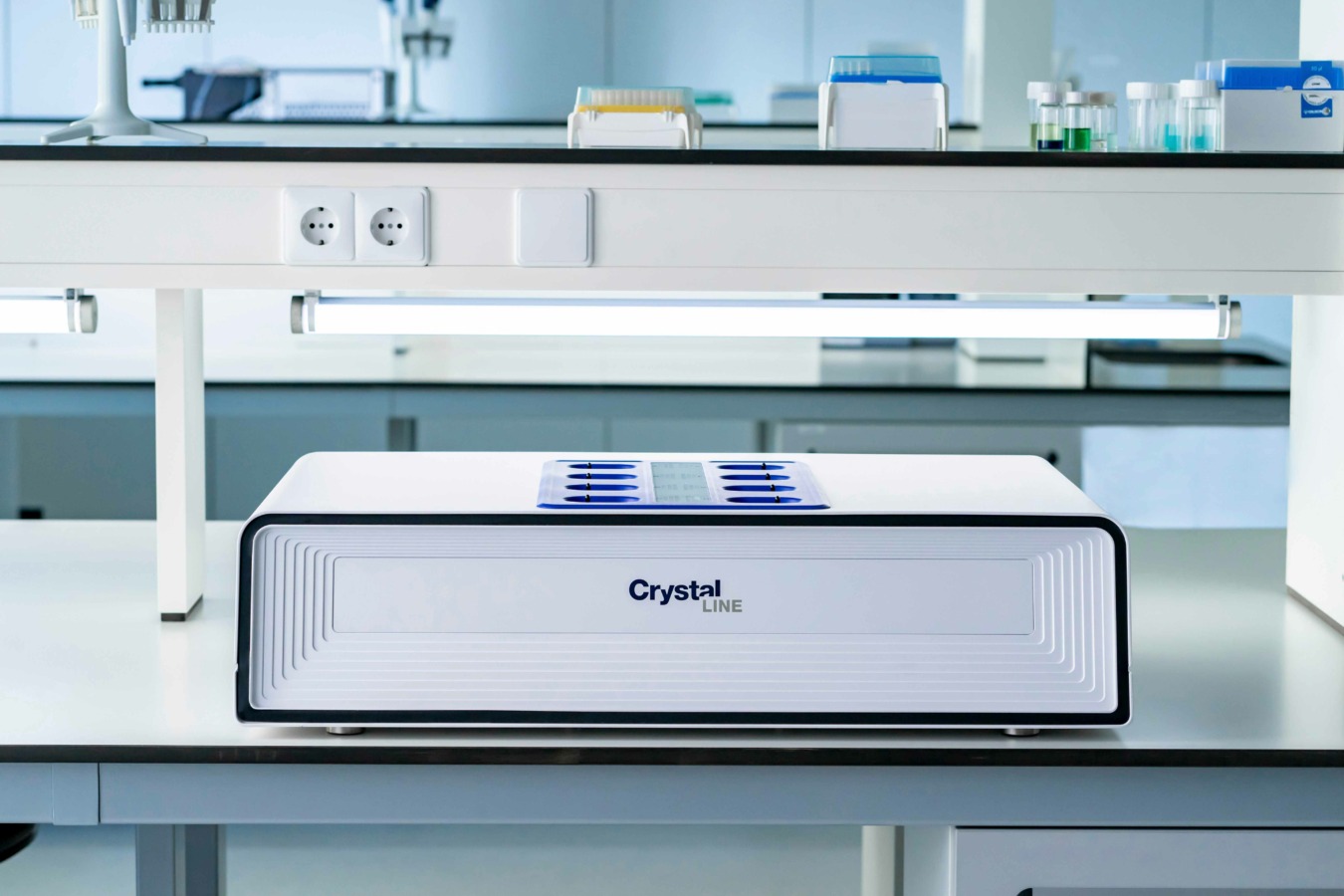
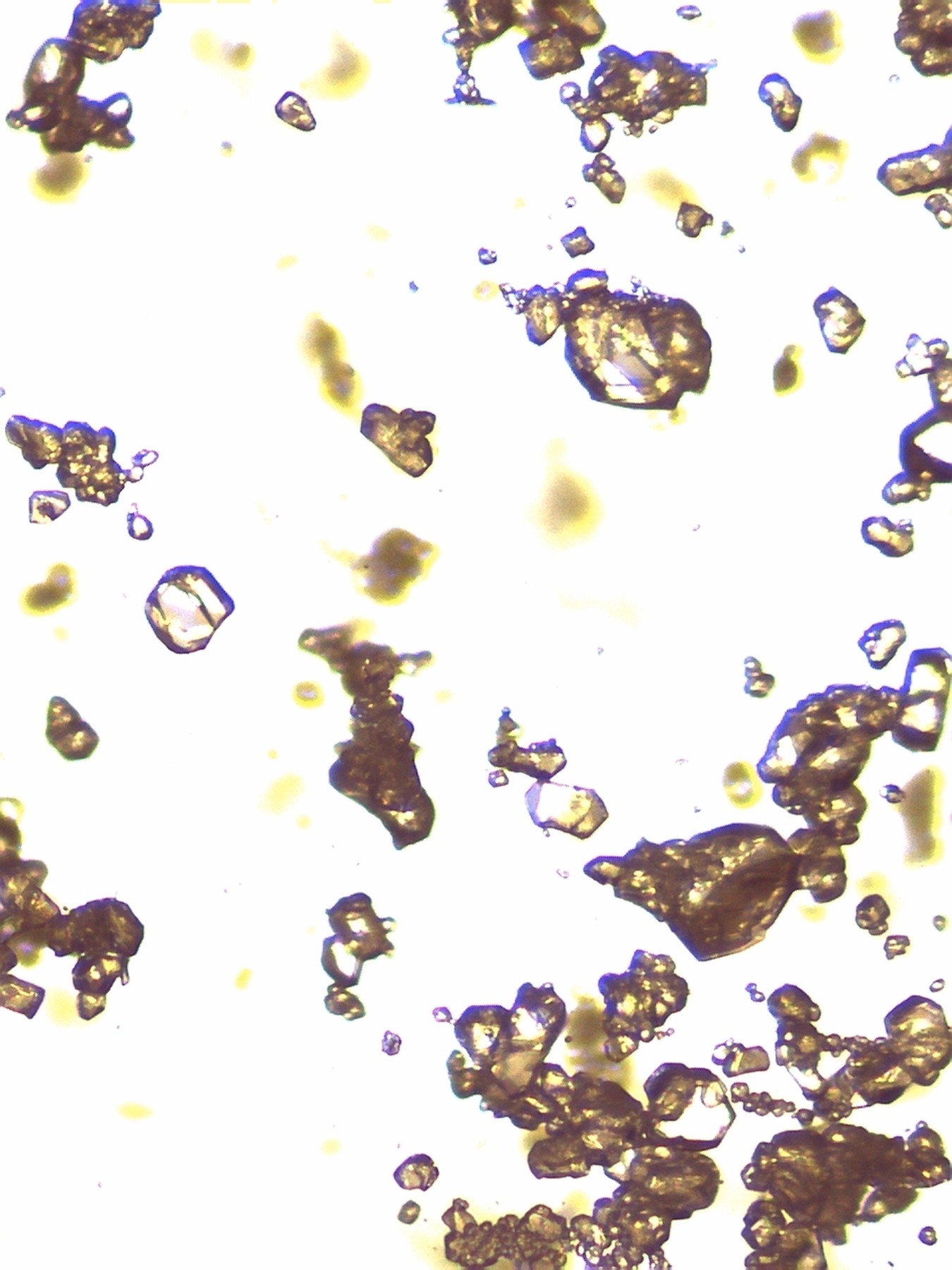
Formulation types are changing due to increased interest in reducing the dust exposure, optimizing efficacy, targeted delivery, operator safety, environmental safety, ease of use, dosing and application, safer solvents and formulants, product life extension and last but not least regulations. All these challenges need to be overcome by new formulations in timely and cost effective manner.
The Crystalline will enable you to design formulated products to meet new technical challenges, ensure smooth scale-up, avoid wherever possible complex processes and unnecessary capital investments.